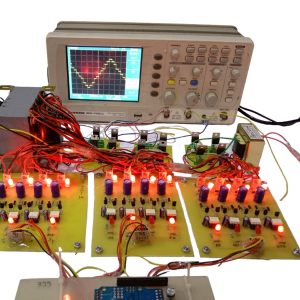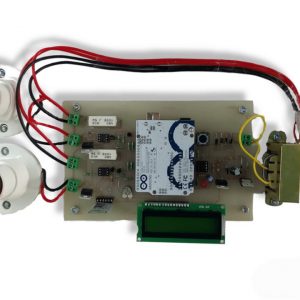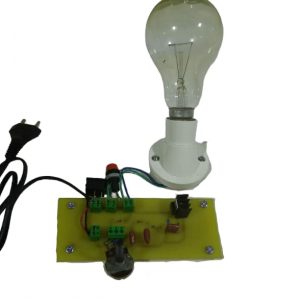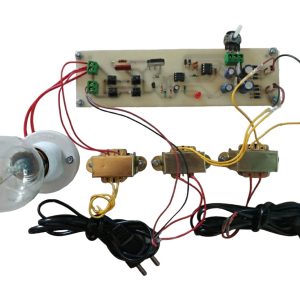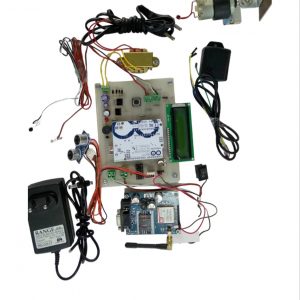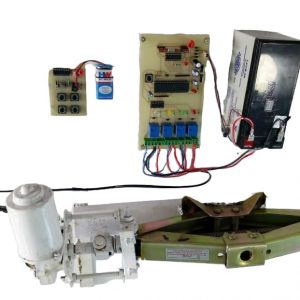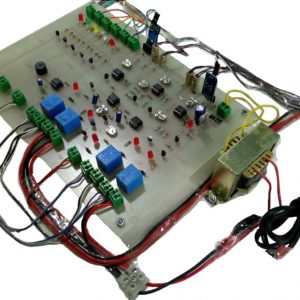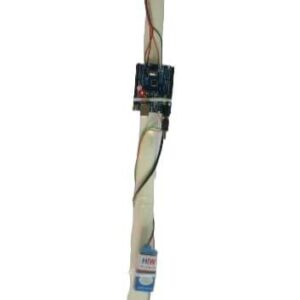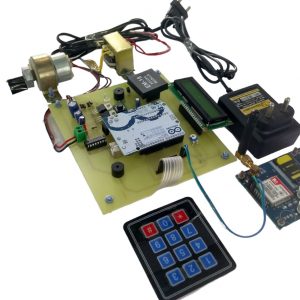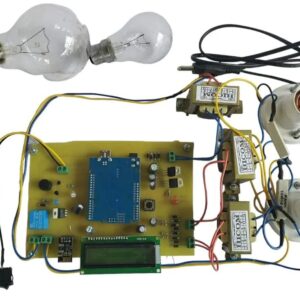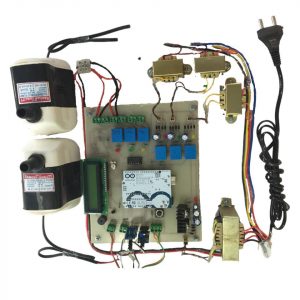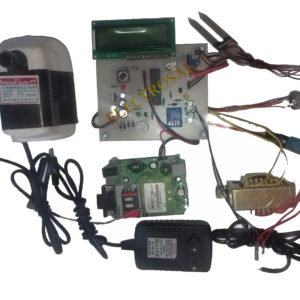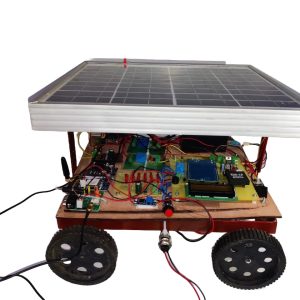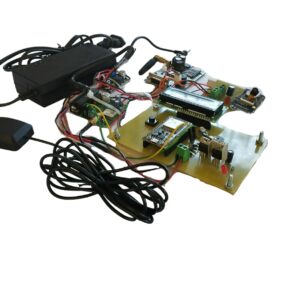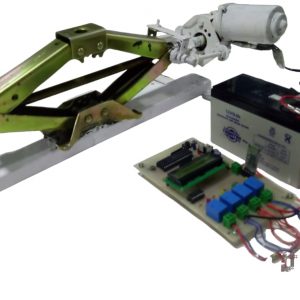Showing 1–16 of 224 results
-
11 Level Multilevel Inverter
₹15,000.00₹14,000.00This project presents the hardware implementation of the single phase in eleven level multilevel inverter using the Cascaded HBridge using Separated DC sources. The main objective of is to increases the number of levels with a lower number of switches at the output without adding any complexity to the power circuit
-
7 Level Multilevel Inverter
₹12,000.00₹11,000.00This project presents the hardware implementation of the single phase in seven level multilevel inverter using the Cascaded HBridge using Separated DC sources. The main objective of is to increases the number of levels with a lower number of switches at the output without adding any complexity to the power circuit.
-
AC DIMMER OF TWO LOADS USING SINGLE CONTROLLER
₹8,500.00₹6,000.00This project is intended to attain AC dimmer of two loads using single controller. It is a renowned and aged technique of managing AC power, principally across linear loads for instance heaters brought into play in electric oven.
In this project, we are using a comparator for zero crossing detection which is fed as an interrupt to the arduino UNO3. Here, the arduino delivers the output based on the interrupt received as the reference for generating triggering pulses. Using these pulses, we drive the Opto-isolators for triggering the TRIAC to achieve integral cycle control as per the input switches interfaced to the arduino. In place of a linear load to be used in the output, a series motor or lamp can be used to verify the output. A lamp is provided in this project in place of a motor for demonstration purpose. The project output with a lamp appears to be a simple project of lamp flickering but the real objective is to verify in a CRO/DSO ,whether at the random switching also the load switches on at zero cross of the waveform or not. -
AC DIMMER TO CONTROL AC VOLTAGE, SPEED OF INDUCTION MOTOR OR HEATER COIL
₹4,400.00₹3,400.00A voltage controller, also called an AC voltage controller or AC regulator is an electronic module based on either thyristors, TRIACs, SCRs or IGBTs, which converts a fixed voltage, fixed frequency alternating current (AC) electrical input supply to obtain variable voltage in output delivered to a resistive load.
Induction motor speed control is done by varying the frequency of the applied voltage. Raising or lowering the voltage can have some speed control effects but these will be small, difficult to control, load-dependent, possibly cause the motor to overheat and, are not generally recommended.
-
ACPWM power control using 555IC and IGBT
₹5,200.00₹4,200.00This project attempts a new speed control technique for the single-phase a.c. induction motor. It presents a design of a low-cost; high-efficiency drive capable of supplying a single-phase a.c. induction motor with a PWM modulated sinusoidal voltage. The circuit operation is controlled by 555 astable multivibrator. The device is aimed at substituting the commonly used triac phase angle control drives. The circuit is capable of supplying a single-phase a.c. induction motor (or general a.c. inductive/resistive load) with varying a.c. voltage.
-
ADVANCE ATM SECURITY SYSTEM
₹11,000.00₹9,500.00The Idea of Designing and Implementation of Security Based ATM theft project is born with the observation in our real life incidents happening around us. This project deals with prevention of ATM theft from robbery. So overcome the drawback found in existing technology in our society. Vibration sensor is used here which senses vibration produced when ATM machine is hammered. This system uses Arduino based system to process real time data collected using the vibration sensor. Once the vibration is sensed the beep sound will occur from the buzzer. DC Motor is used for closing the door of ATM and send with the message to the nearby police station and corresponding authorized person through the GSM.
-
ADVANCE GREEN HOUSE WITHOUT MICROCONTROLLER
₹9,600.00₹8,500.00This project is designed to monitor the green house using Comparator IC. Various sensors are used to monitor the system. The sensors used are Rain sensor, Soil moisture sensor, LDR, wired security sensor, water level indicator, IR sensor. When the soil of the green house becomes dry the pump will turn on through which the water is let into the soil and the soil regains its moisture. While supplying the water to the dry soil the water level in tank will be reducing simultaneously which will be indicated by the LED’s.
So when the water level reduces below the threshold level the pump will off automatically to avoid dry run. -
ADVANCED BUS WITH AUTOMATIC TICKETING, STUDENT PASS FACILITY, BALANCE CALCULATION AND SMS ALERT
₹11,000.00₹8,900.00The aim of this project is to implement advanced bus with automatic ticketing, student pass facility, balance calculation and SMS alert. This system is used for automatic ticket generation, student bus pass information as well as balance calculation for each ticket and balance, validity alert message on user’s mobile phones.
The most of people in India uses bus travelling facility in their daily routine life. The manual use of bus reservation is presently very troubled thing and also consumes a lot of time by having to stay on a long queue. For this reason, an efficient system is to be proposed in this project to ease the issue of bus ticketing within the country. -
ADVANCED GREEN HOUSE
₹8,500.00₹7,800.00This Advance project is designed to monitor the green house using Arduino controller. Various sensors are used to monitor the system. The sensors used are Rain sensor, Soil moisture sensor, DHT 11 sensor, fire detector and LDR. Multiple sensors are used to control various parameters. LCD is used to display the status of parameters
-
ADVANCED GREEN HOUSE OVER GSM
₹8,900.00₹6,400.00The project is designed to develop an advanced green house system that shows sensing the moisture content of the soil. In the field of agriculture, Gas level, humidity and temperature send to user. Depend on that user will take action like “motor on” and “motor off” use of proper method of irrigation is important. The advantage of using this method is to reduce human intervention and still ensure proper irrigation.

